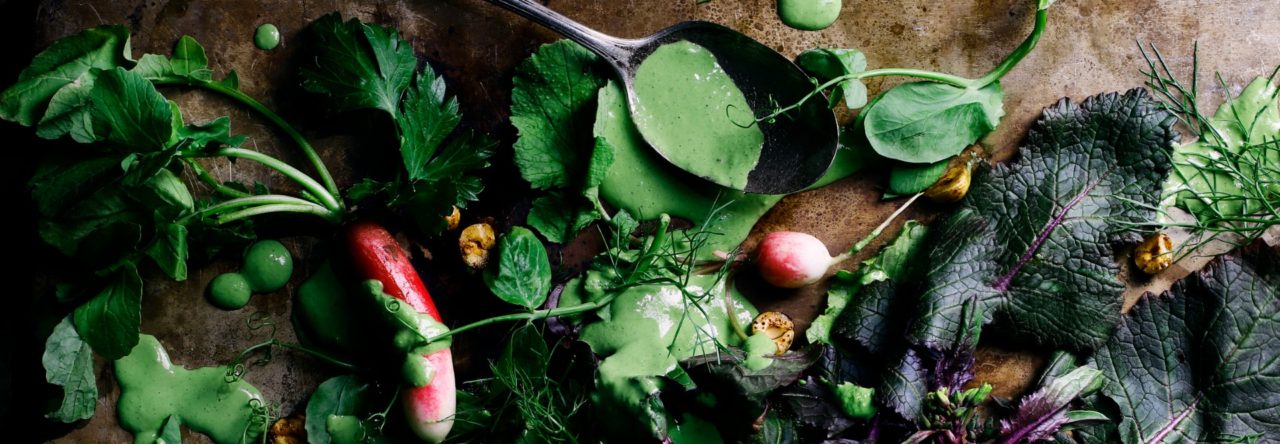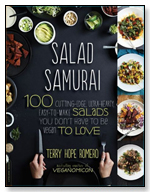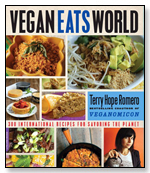Testers: This is kind of a tricky recipe! Well, the actually steps not really, and even if you don’t achieve the rice crust the rice is very good, but getting the crust can be a challenge. So go ahead, challengers of the challenging! Also, there’s no illustration. Going forward if a recipe mentions one, there isn’t for the purposes of testing.
Crusty Persian-style Rice with Saffron and Pistachios
Serves 4
Tadig is a remarkable style of cooking rice beloved in many parts of the Middle East, a facinating method of rice purposefully cooked to form a crunchy, golden brown layer of crust on the bottom that may seem like a mistake if you’re accustomed to Western methods of rice cooking. People go so crazy for tadig that there are even special Persian-style rice cookers that create perfectly made tadig rice crust at the touch of a button, but old fashioned stove top is still used by cooks the world over. Tadig can be made with just plain rice (with basmati the preferred rice for it’s aroma and dry texture), but it takes very well to added seasonings and layered with vegetables and beans for a complete one pot meal.
Tadig uses two methods of cooking the rice; first the rice is partially cooked in abundant salted water and drained, just like pasta. Then the par-cooked rice is layered in an oiled pot (not unlike dolsot bibimbap), tightly covered and steamed. To insure the seal is as tight as possible, and to help absorb the moisture from the steaming rice and prevent it from dripping back down again into the grains, a towel is wrapped underneath the lid of the pot to do double duty of absorbing moisture and locking in the steam. It’s not as crazy as it sounds, just follow the illustration provided below; any smoothly textured, clean dish towel will get the job done.
One more thing: the funny thing about making tadig is that sometimes when you’re actually trying to (almost) burn the bottom of your rice, it has a funny way of never forming the crunchy crust. Poor you, you’ll only have a pot of perfectly fluffy, tender basmati rice to show for it. If you never actually get the hang of making perfectly crusted tadig, you may just prefer to make basmati rice this way because it comes out so perfectly fluffy, tender, and delectable.
Note: You can make brown rice tadig style, but it doesn’t really create the proper crust or taste as good as the white rice variety. Save the brown rice for other dishes in this book and treat yourself to tadig on occasion.
Tadig tips
• While most recipe require the tadig be cooked at a low heat, I found that sometimes that’s too low to get a good crust going. Consider using medium-low heat and keeping tabs on the tagid with your nose; sometimes the tadig needs an extra boost of heat to really brown the rice at the bottom of the pan.
• Every 8 to 10 minutes, rotate the pot 90 degrees. This will help redistribute the heat for a more evenly toasted rice crust.
• Try different pots and pans in your kitchen to see which results in the best crust. Stainless steel is favored by some experienced tadig chefs for it’s heaviness but relatively thin walls. Cast iron skillet and Dutch ovens can be a little tricky, but it’s worth trying. If you happen to have an “always burns the rice” pan, then by all means try it for making tadig.
Note: In place of the 2 teaspoon of baharat use 1 teaspoon ground coriander, ½ teaspoon ground cinnamon, ½ teaspoon ground cumin
Rice:
1 2/3 cups white basmati rice
8 cups water
1 1/2 teaspoons sea salt
Tadig:
Pinch of saffron, crumbled
1 tablespoon of hot water or hot almond milk
1/3 cup plain soy or coconut yogurt
2 teaspoons baharat spice blend, see Note
1/4 teaspoon sea salt
4 tablespoons olive oil or melted vegan margarine, divided
3 tablespoons chopped pistachios
1. Place the rice in a large metal mesh strainer and thoroughly rinse with cold water. In a large 3 quart pot bring the water to a rolling boil over high heat. Stir in the salt and then add the rice. Boil the rice for 5 minutes; remove a rice grain and check to see that it’s just beginning to turn tender on the outside but still has a hard core. Drain the rice in the metal strainer again, stirring it a few times to remove any excess water.
2. While the rice is cooking, in a small cup combine the hot water or almond milk with the saffron threads and set aside for 5 minutes. Stir occasionally; the color of the saffron will seep into the water.
3. In a mixing bowl combined the parboiled rice, saffron water, yogurt, baharat spice, salt, and half the oil. Set aside 1/2 cup of this mixture, then add the pistachios to the remaining rice in the bowl. This rice that is set aside will be used to form a protective layer on the bottom of the crust; this rice won’t have any nuts or raisins that could easily burn during the formation of the crust.
4. Preheat a heavy 2 quart pot, no larger than 10 inches wide, with a tight fitting lid over medium high heat. Swirl the remaining oil over the bottom and 2 inches of the side of the pot. Use a wooden spoon to spread the reserved 1/2 cup of rice (without the pistachios) in an even layer over the bottom of the pot; the rice will sizzle on contact with the pot. Spread the remaining rice on top of this layer. Use the bottom of a measuring cup or back of the wooden spoon to press down the rice as much as possible.
5. Use a chopstick to poke holes about 1/2 inch apart through the rice; push the chopstick all the way through to the bottom. Spread a clean, smooth-textured dish cloth over the top of the pot, then place a tight fitting lid over the towel. Gather the hanging ends of the dishcloth so they don’t hang down the sides of the pot, then use a rubber band or a kitchen clip (like the kind for keeping snack chip bags sealed tight) to fasten the ends of the dishcloth on top of the lid.
6. Turn the heat down to medium-low and cook the rice for 35 to 45 minutes. Check the rice by lifting the lid; the rice should not smell burned and instead should have toasted aroma. You can also use the tip of a spatula to gently check the sides of the rice to see how the crust is progressing; if the rice seems very moist and needs more time to develop a crust, cover and continue to cook for another 10 to 15 minutes. Keep your nose within distance of the stove to make sure your rice isn’t burning, but if it smells very toasty that’s probably about as much as you can cook it for now.
7. To serve, remove the lid and the towel. You can serve tadig two ways; for beginners, it’s best to scoop out the rice and fillings onto a serving dish, then use a spatula to chip away at the rice crusts and arrange on top of the rice filling. If you’ve got a hang of tadig-crafting, place a serving dish on top of the pan, hold on tight and flip it over. Perfectly made tadig will slip out, golden crust and all, onto the serving dish. Enjoy hot.
Tadig with Raisins:
After setting aside the 1/2 cup of seasoned rice, stir in 1 cup of golden raisins into the remaining rice.








